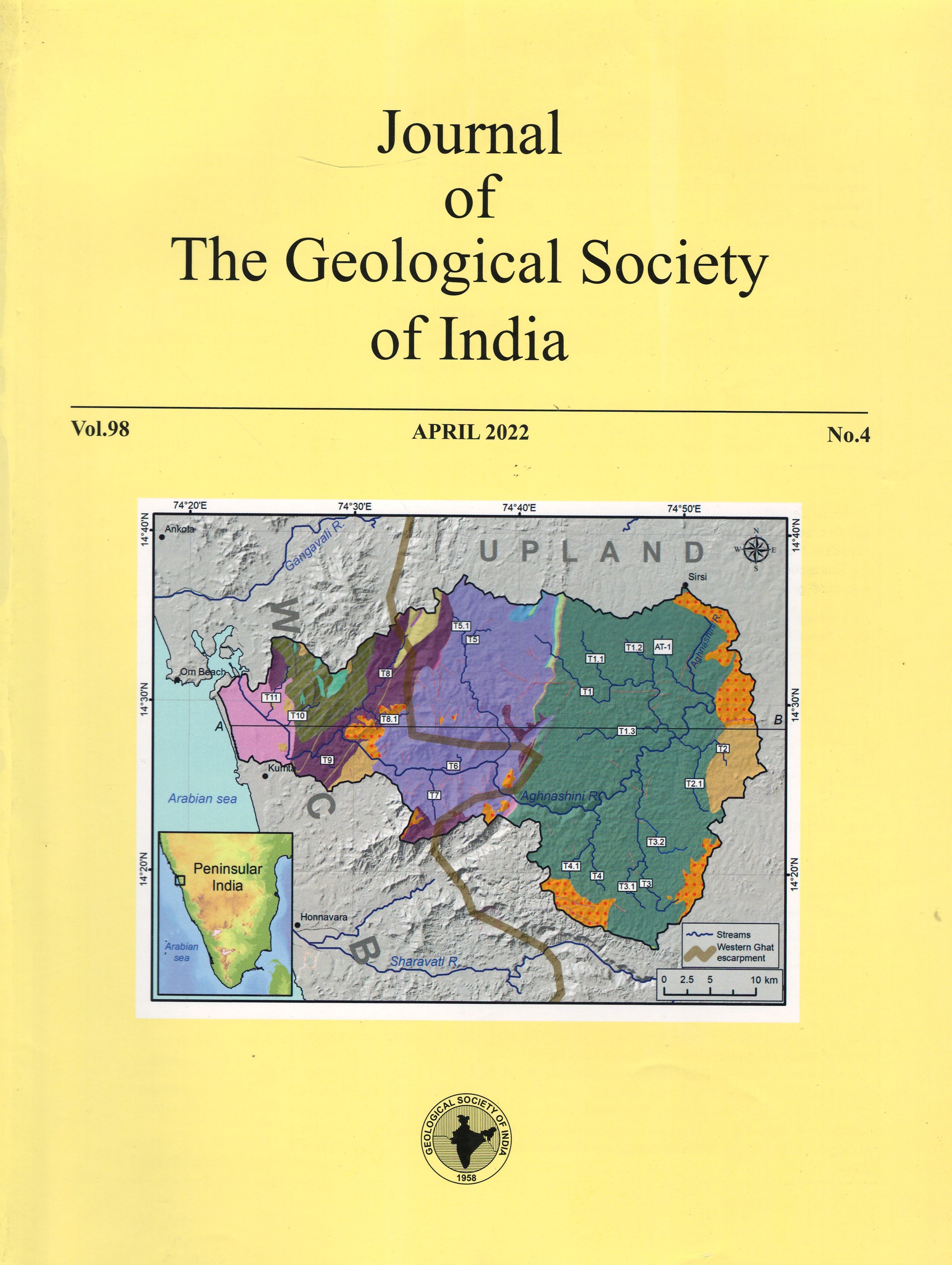Mapping of Reservoir Properties using Model-based Seismic Inversion and Neural Network Architecture in Raniganj Basin, India
DOI:
https://doi.org/10.1007/s12594-022-2005-2Keywords:
No KeywordsAbstract
Reservoir characterization is necessary to compute reservoir parameters for hydrocarbon potential and production optimization. The limitation of robust data and the presence of cultural noise is a constraint for reservoir characterization in the Raniganj basin located in India. Based on available well logs and two-dimensional post-stack seismic data, a model-based seismic inversion is executed to generate acoustic impedance by converting acoustic reflectivity into rock elastic parameters. Moreover, the seismic attributes obtained from the inversion are implemented in neural network architectures to map shale volume, Young’s modulus, and Poisson’s ratio. Error analysis between predicted and actual results demonstrate multi-layered feed-forward or probabilistic neural network display a better result in obtaining reservoir parameters. The mapped reservoir section shows the acoustic impedance varying from 5000 to 16,000 (g/cc)*(m/s), shale volume ranging from 15% to 55%, Young’s modulus, and Poisson’s ratio vary from 0.5-9.5 GPa and 0.23-0.27 respectively. Cross-plot between Young’s modulus versus Poisson’s ratio classifies lithology from brittleness and it increases with depth. Neural network architectures help to identify the best model in delineating shale barriers for designing hydraulic fracturing treatments. Results from this study have added significant values in engineering application and will help in ongoing coalbed methane exploration and future geomechanical studies. However, limitations exist in resolving thin coal seams as the seismic resolution depends on the wavelength, velocity, and frequency of waves in the formation.

 Abir Banerjee
Abir Banerjee






